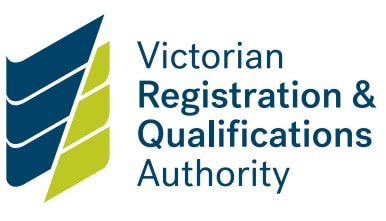About the Standard
This Standard focuses on child safety in physical and online environments.
Online technologies are constantly changing which presents significant challenges for global learning.
Providers need to have policies and strategies for:
- identifying and responding to risk
- reducing or removing the risk of harm
- online conduct and online safety
- procuring facilities and services to ensure the safety of children.
Arrangements with third parties also create child safety risks. They create opportunities for unknown people to have contact with students.
Are you a registered school?
CRICOS schools and SEOs that are also registered schools should follow the child safe advice for schools. They must ensure their CRICOS and SEOs operations are incorporated into the school’s compliance with the Standards. They should tailor advice to their international student cohort and community.
Schools - child safety in physical and online environments regulations
Physical and online environments promote safety and wellbeing while minimising the opportunity for children and young people to be harmed.
A CRICOS or SEO school complying with this Standard may:
- address online and physical behaviour in its:
- Child Safety and Wellbeing Policy
- Child Safety Code of Conduct
- ensure third-party agreements set out processes to reduce risk to international students from:
- homestay providers
- student welfare providers
- homestay and host families
- tutors
- external education providers
- school boarding services staff and volunteers
- develop a risk management plan with the following features:
- effective monitoring or natural surveillance of out-of-the-way places
- routine movements of responsible adults to provide formal and informal line-of-sight supervision
- consultation with international students about physical and online environments and what makes them feel safe
- consideration of the age, gender mix and cultural vulnerabilities of international students in all settings
- a strong prevention and awareness focus by educating international students about online safety.
Are you a non-school student exchange organisation?
Non-school student exchange organisations (SEOs) should follow the advice provided on this page and ensure that student care and oversight of inbound and outbound exchange programs match.
How to comply
A non-school SEO must ensure that they analyse and understand potential risks to their students. It is important to think about risks created by the organisation's:
- structure
- culture
- activities
- physical and online environments
- third-party arrangements.
Non-school SEO's must identify and reduce risks in these environments without compromising a student’s:
- right to privacy
- access to information
- social connections
- learning opportunities.
Examples of compliance
A non-school SEO complying with this Standard may:
- draw up contracts with third parties that include child safety conditions
- have effective processes to monitor online and physical interactions
- review or revise its child safety and conduct policies and procedures
- adopt a risk management approach which may cover:
- incidental contact
- host family environments
- all the organisation's offices and sites
- due diligence when engaging agencies
- procurement of goods and services
- evaluating and assessing risks presented by host schools
- nominating a member responsible for child safety compliance.
Updated

